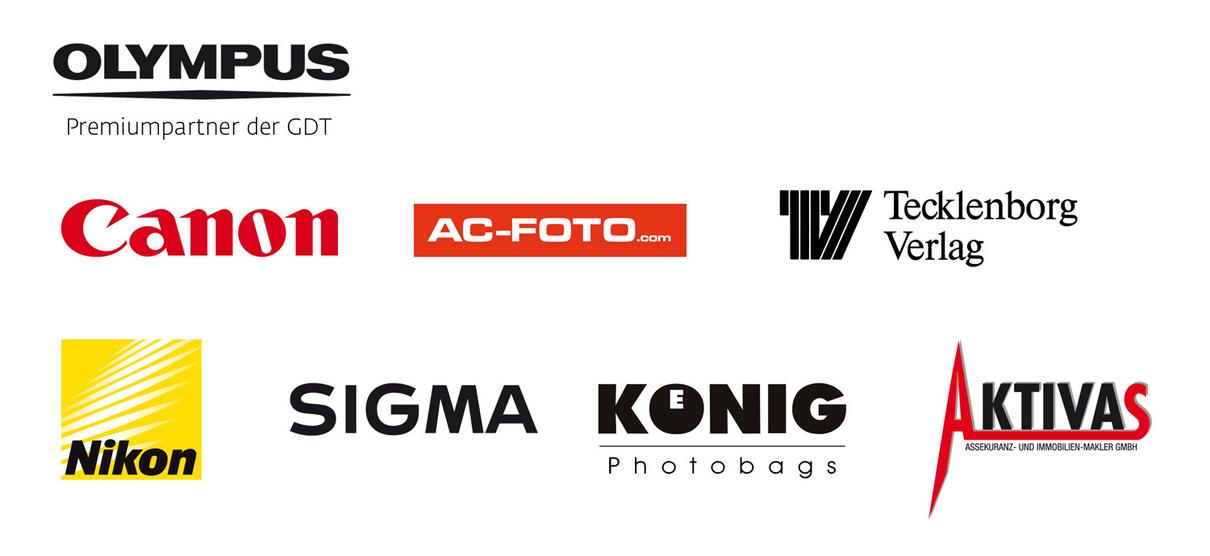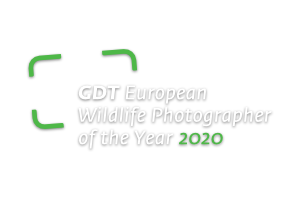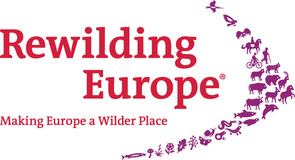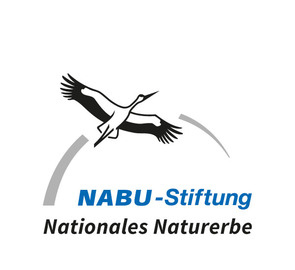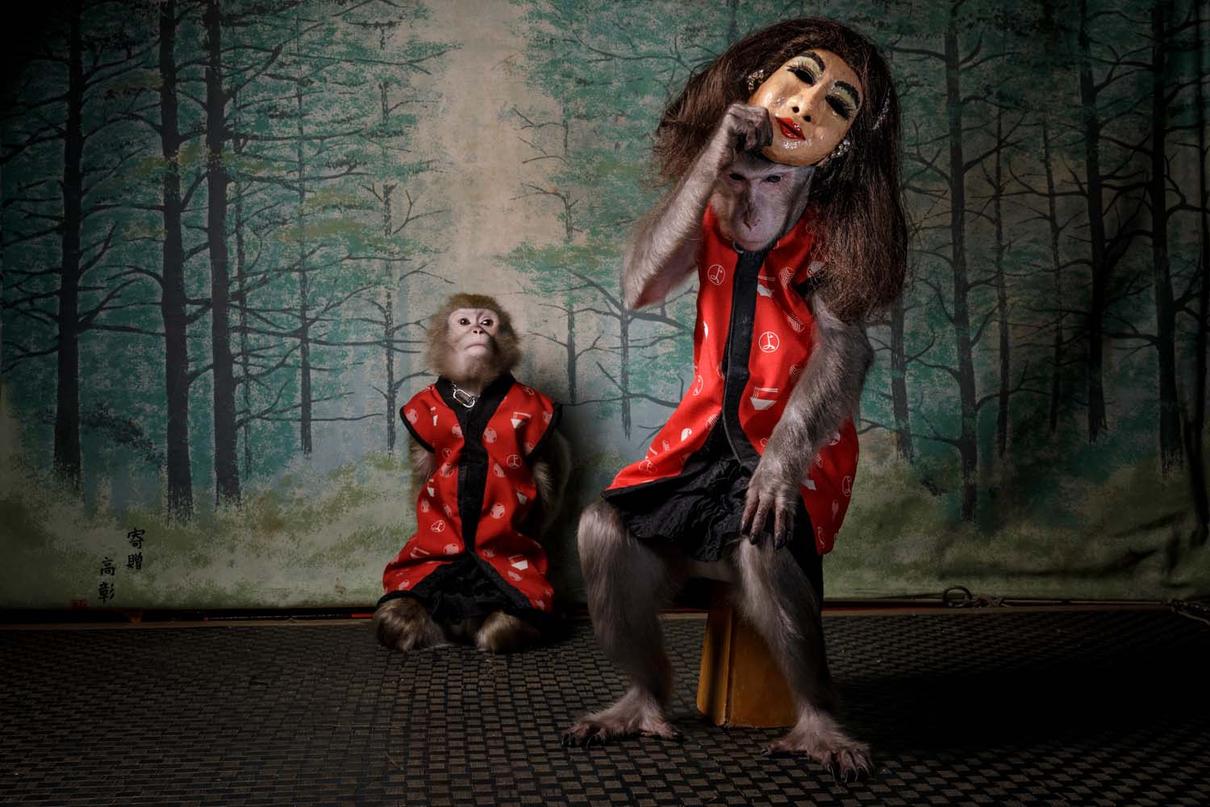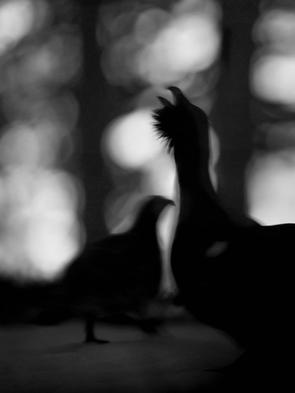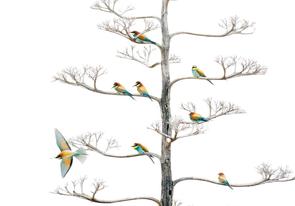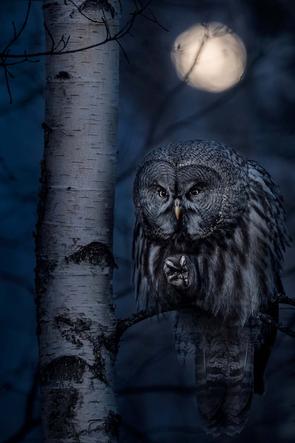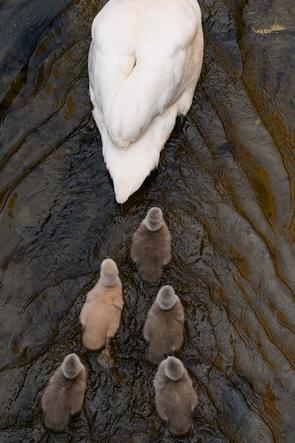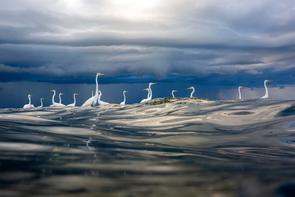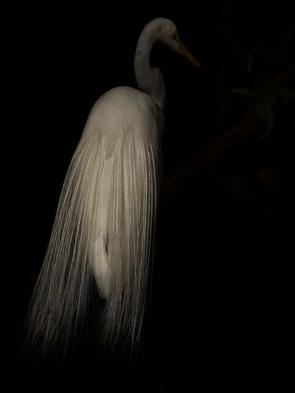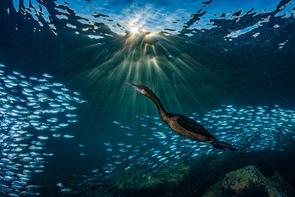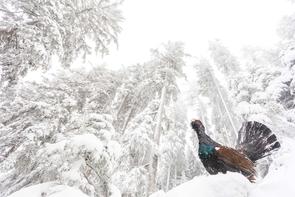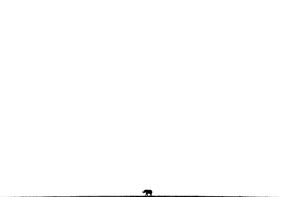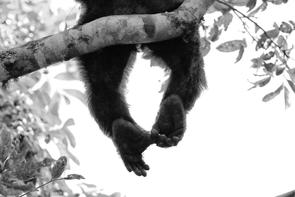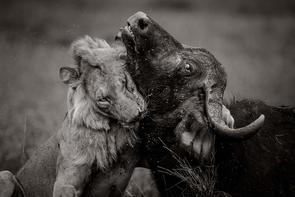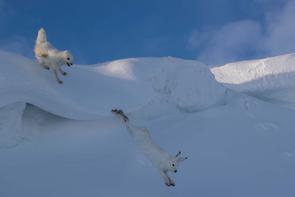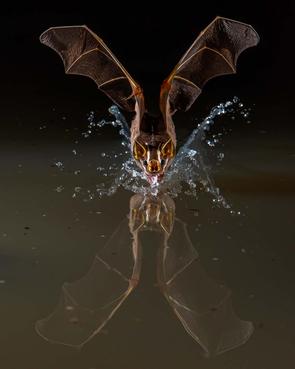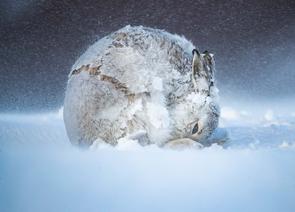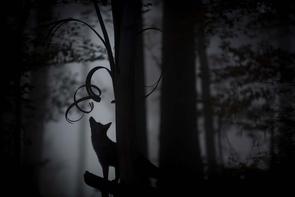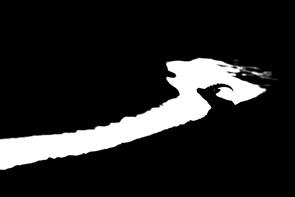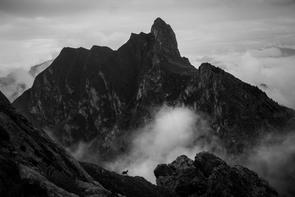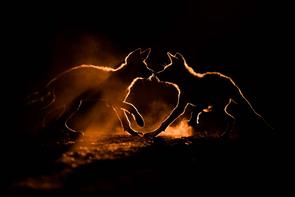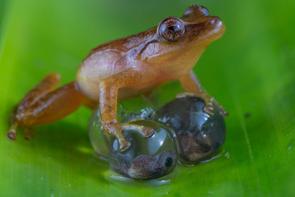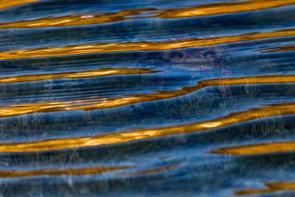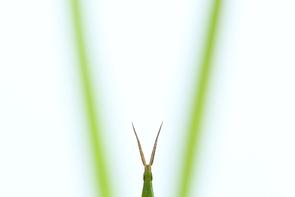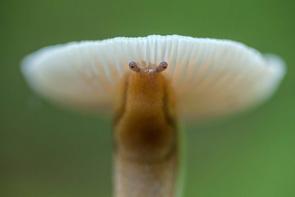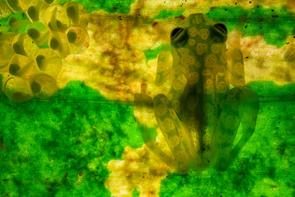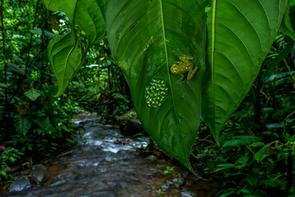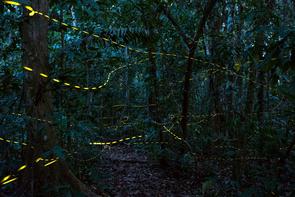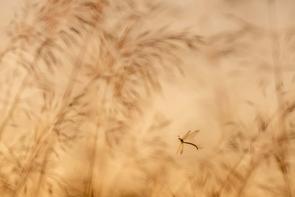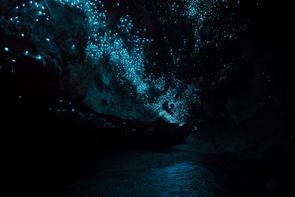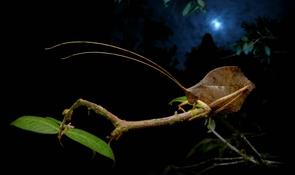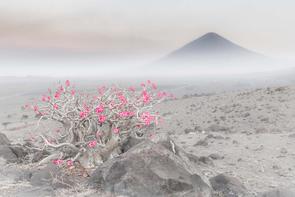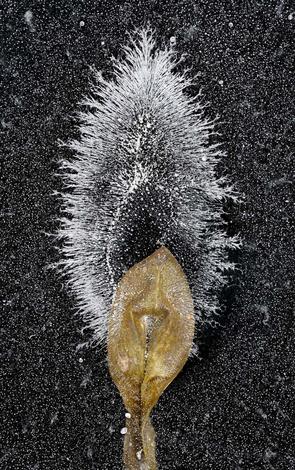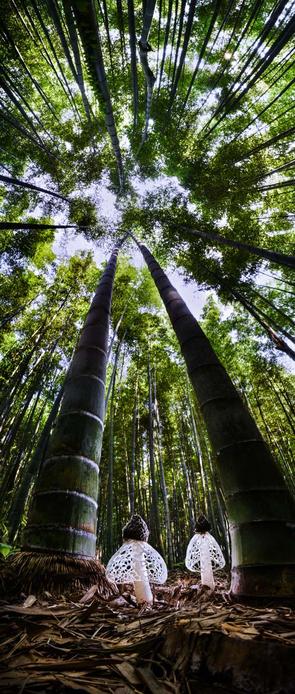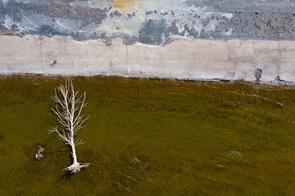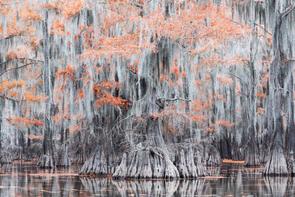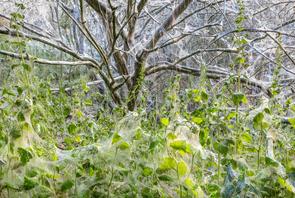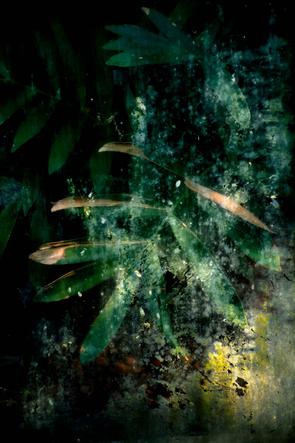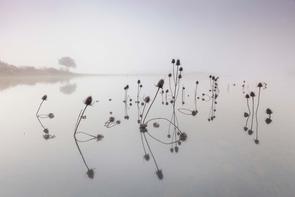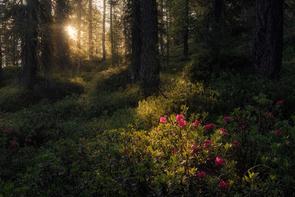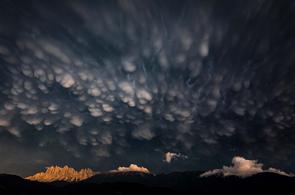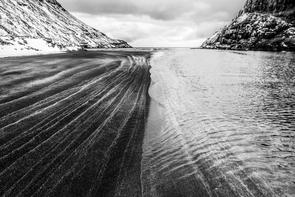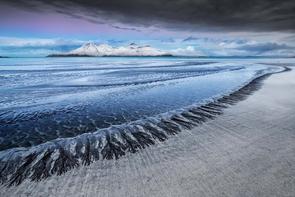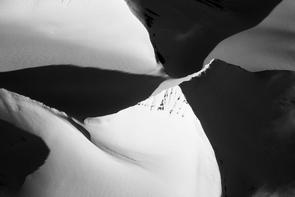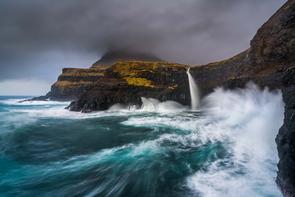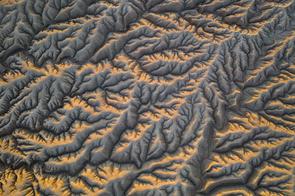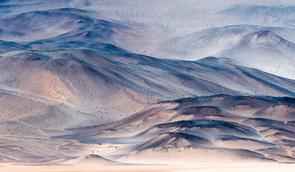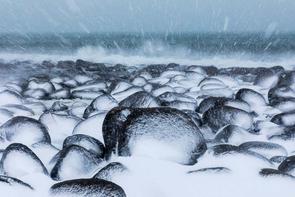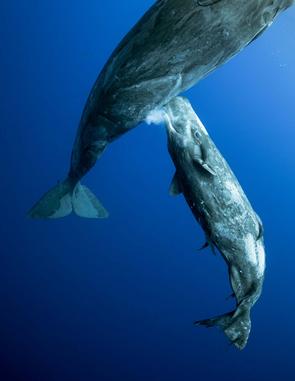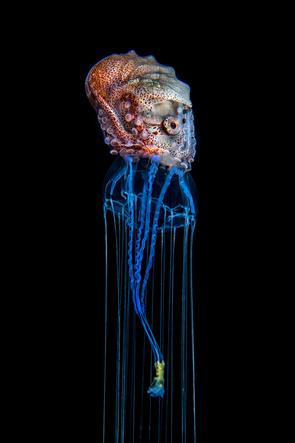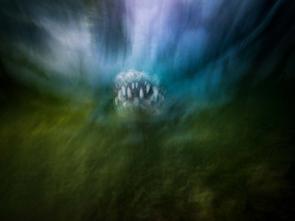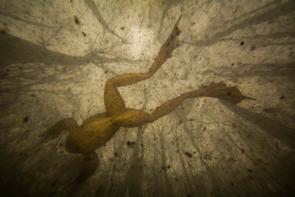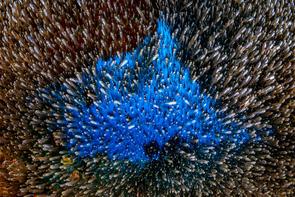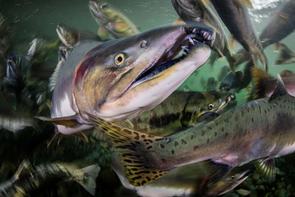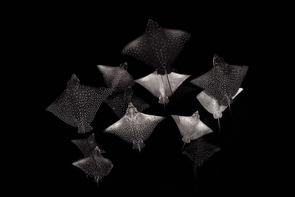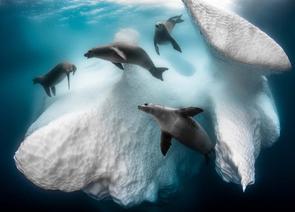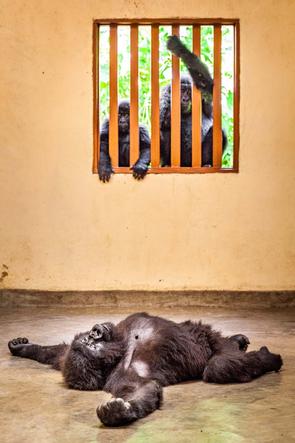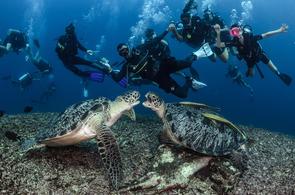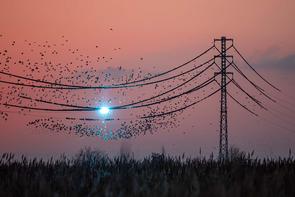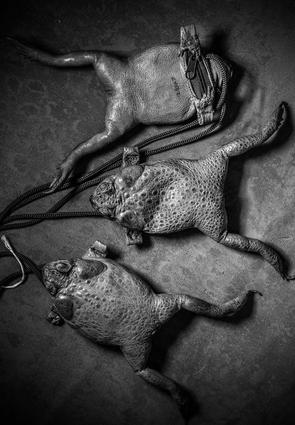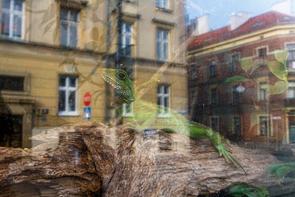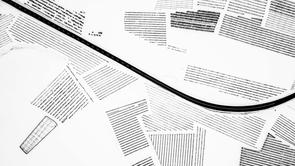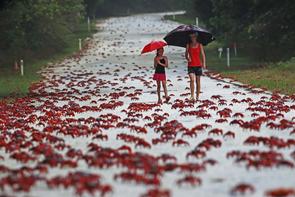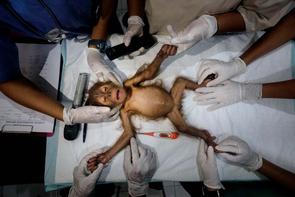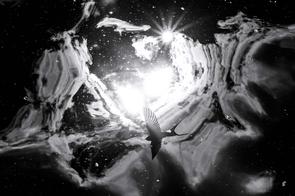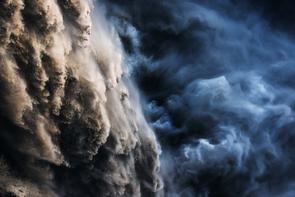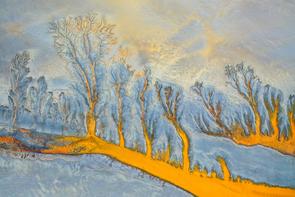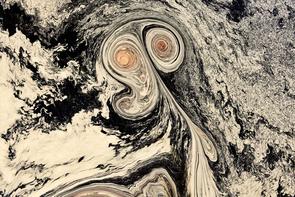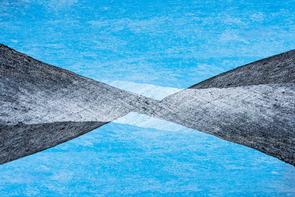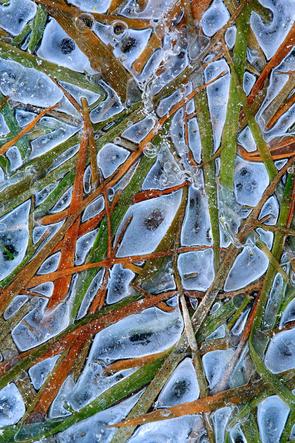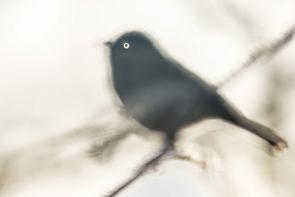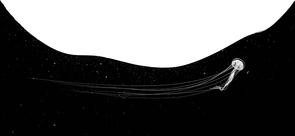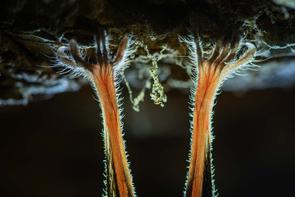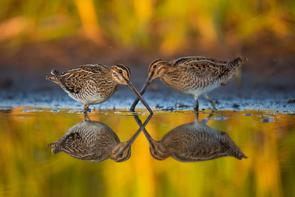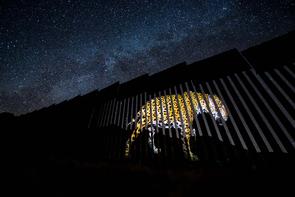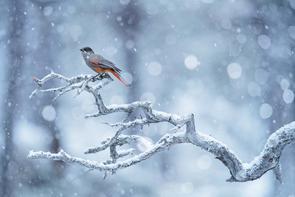The German Society for Nature Photograpy (GDT) presents the award-winning images of the competition European Wildlife Photographer of the Year 2020. Jasper Doest from Netherlands is this year's overall winner with his picture A Monkey's Mask.
Overall Winner: Jasper Doest (Netherlands)
A MONKEY'S MASK
In contemporary Japan, the Japanese macaque has grown from a revered religious symbol to a secular scapegoat, a defaced outcast and target of mockery – sacred no more.
At Utsonomiya's Kayabuki Tavern, Japanese macaque Fuku-chan takes off its papier-mâché mask during a performance with Yume-chan, one of the proprietor’s oldest monkeys. Following dinner in the tavern, customers have the opportunity to watch the macaques perform tricks on a makeshift stage with the help of a variety of stage props.
It reminds me of a Japanese poem from the 17th century by Matsuo Bashō: "year after year / the monkey wears / a monkey’s mask", referring to a monkey doing the same tricks over and over, or people making the same mistakes over and over in an unchanging life. When will we ever learn?
Canon EOS 5D Mark IV, 2.8/24-70mm, ISO 800, 2 Profoto flash units
BIOGRAPHY JASPER DOEST
Dutch photographer Jasper Doest creates visual stories that explore the relationship between humankind and nature. Having majored in ecology, Doest knows human life depends on everything our planet has to offer, yet he recognizes the unsustainable nature of the current human patterns of consumption. As a true believer in the power of photography to initiate change, Doest is a senior fellow of the International League of Conservation Photographers and an ambassador for the World Wildlife Fund. He is also a contributing photographer for National Geographic magazine and has received awards from World Press Photo and Wildlife Photographer of the Year.
The winning photograph is part of a story that sheds light on the complex relationship between humans and Japanese macaques. Using moral values based on ancient Japanese traditions, Jasper hopes to be able to initiate a dialogue that may help to find a solution for this growing problem in a country struggling with a rapidly ageing society and rural exodus.
www.jasperdoest.com
INTERVIEW WITH JASPER DOEST
Category: Young Photographers to 14 Years
This category invites young photographers in two age groups (up to 14 years old and 15 to 17 years old) to enter their five best photographs, irrespective of the themes of the categories (they do NOT need to comply with the given categories).
Category: Young Photographer 15 to 17 Years
Category: Fritz Pölking Prize
The Fritz Pölking Prize is a special award of the competition European Wildlife Photographer of the Year, awarded by the German Society for Nature Photography (GDT) and Tecklenborg publishing house since 2007 in memory of the late Fritz Pölking. It is given away annually to honour exceptional work in the field of wildlife photography.to Fritz Pölking Prize
Category: Fritz Pölking Junior Prize
Introductory note to the GDT contest European Wildlife Photographer of the Year 2020
From Prof. Dr. Beate JesselPhotographs have a unique way of stirring up a great deal of emotions in the viewer within a few seconds. This is especially true of the images presented at this year's GDT competition European Wildlife Photographer of the Year. While many submissions show untamed nature in all its wild, untouched beauty, the winning photo by Jasper Doest arouses diverse, indeed contradictory feelings and associations. It moves us and silently talks to us by questioning human dealings with wild animals and nature.
The depiction of two Japanese macaques or snow monkeys made to wear human clothing to entertain guests at a Japanese restaurant gives a striking insight into traditional Japanese culture. The tradition of snow monkey dressage is over a thousand years old and has a religious background: macaques were considered to mediate between gods and humans.
Subdued in terms of lighting, the picture centres on the two monkeys, creating a strong contrast through their humanization: they are shown in a man-made environment, while the background of the room with its drawing of a forest landscape provides a counterpoint – a reference to the macaques’ original habitat. This jarring contrast between wilderness and costumed circus monkeys is further intensified by the costume. The human mask, which the monkey is removing after the show, leads to another meta-level: the animals are not only deprived of their freedom but also forced to amuse and entertain the very perpetrators of their captivity by disguising themselves. Through an anthropomorphic lens, the viewer sees tired resignation on their faces. In the background, the chain around the second macaque’s neck emphases the hopelessness of their situation.
What the photo does not show is this: while some snow monkeys, trained to entertain humans, are appreciated at least in some way due to a centuries-old tradition, several thousand specimens of their free-ranging conspecifics are killed every year in Japan because they cause damage to crops.
The various interplaying facets of human interaction with these animals reveal a field of tension between tradition and modernity. For observers from other cultures, too, a question inevitably arises: what do we consider appropriate in dealing with wild animals today? Is such a display for human entertainment appropriate?
It remains to repeat, then: photographs are capable of much more than just capturing the beauty of nature. Their documentary power can also encourage us to think, question and challenge our beliefs and behaviour – perhaps enough to change them. In the Anthropocene, in the face of climate change and the continuing decline in biodiversity, pausing to rethink our position is more important than ever. The over 19 000 photographs sent in for the competition from 38 countries include images that leave us in awe for the beauty of nature, as well as images that show us how we treat and mistreat nature. Together, they remind us how very urgently we need to take action in protecting nature – while also showing how worthwhile it is not to spare any effort for this goal.
Prof. Dr. Beate Jessel
President of the German Federal Agency for Nature Conservation
Patron of the competition
Jury’s comment
by Angel FitorAN ICON OF OUR TIME
A macaque on stage takes off his mask in front of a fake forest.
As the mask slips, the wall of arrogance that we have built between us and nature over many centuries suddenly collapses. Never before has a portrait of an animal mirrored us like this: a naked monkey behind a human mask.
In the comfortable familiarity of our homes and forced to listen even more carefully to each other due to the technical constraints of a Covid-19-induced videoconference, we – the judges of 2020 GDT European Wildlife Photographer of the Year – took our discussions to a new level of debate and argument, one that would have hardly been possible under normal circumstances. Deprived of the additional nuances of animated gesture and body language, we hung on every word, from one judge’s framed ‘talking head’ to the next! Fortunately, most of us were already highly experienced at judging photo competitions, but this fateful year brought us together under extraordinary circumstances and with an array of photographs that was just as extraordinary. I dare say that this unforeseen convergence made this the jury session of our lives.
The pre-jury sessions confirmed what most of us already knew but were reluctant to reveal: the disturbing rise in the number of photographers whose primary ambition seems to be to win at any price. Manipulation and staging, at times to the point of creating absolutely unnatural situations, pervaded in those categories where easily handled creatures are the subjects – insects, amphibians and reptiles – and also in the underwater category, where this year I had the honour to offer my expertise. We used all of our knowledge, research capabilities and intuition to prevent those images from progressing any further.
Even if those who use nature for selfish interests by means of photography do not represent a majority, the increasing trend is obvious enough to raise voices of alarm in nature photography circles around the world. Manipulation is not only affecting the subjects being pictured in many ways, ranging from mild discomfort to death but also raises the visual bar, creating a demand for extravagance that in turn leads to even greater manipulation. Deviating from a journalistic point of view, defined as the straight depiction of nature ‘as is,’ such manipulation creates a profoundly distorted perception of nature in the general audience, most of whom unfortunately do not have enough expertise or knowledge to evaluate the truth behind the ‘new reality’ offered by such images.
Ultimately, the bad practices of a few people with cameras move local and national environmental authorities to distrust the whole community of nature and wildlife photographers. Reviewing the rules and procedures of every nature photography competition in detail, creating an international independent committee of experts at the service of the organisers, drawing up black lists: these and other measures are now being discussed at many different forums. However, none of these actions will succeed unless every one of us unambiguously commits to banishing these regrettable and unethical behaviours from our community.
Our debate also offered a glimpse into the broadening abyss between classic approaches to nature photography and the so-called photojournalistic style. Issues we raised included classic nature and wildlife photographers feeling threatened by the influential work of photojournalists; the tendency of photojournalists to underestimate the value of simple beauty captured by the classic approach; media’s preference for dramatic depictions of animal behaviour, and the pressure of the ‘travel-to-photograph-paradigm’.
Most of us owe our love of nature to the classic approach, which focuses on sheer untarnished beauty. This approach remains an irreplaceable way to connect and empathise with the natural world, since it retains the precious essence of the pure and innocent fascination that we felt looking at nature as children. But the natural world has been so deeply affected and damaged by us that we urgently need to dig deeper to understand the complexity and implications of changes to the natural order; we need to halt this damage and realise that the fate of nature and the human species are inseparable and irretrievably linked.
Nature photojournalism is intended to tackle these urgent issues, while classic nature photography continues to create joy for all the people who engage with the natural world. This year, the jury was made up of photographers and editors coming from both fields. To be honest, at times this wasn´t easy. But in the end, it was reassuring to observe that the different views within the Jury did not alter our final shared goal, which was to place the greatest value on a variety of interpretations of nature as seen through the eyes of some of the most gifted photographers in Europe.
The GDT European Wildlife Photographer of the Year is renowned for its long standing tradition of showcasing nature from an aesthetical and figurative point of view, and this year´s winners are no exception. As expected, the laureates of both the general competition and Fritz Pölking Award excel in form – but this year, they also brought superlative content. In this ‘age of banality’, with millions of images made every hour, perhaps some might find the commended images too thoughtful and intricate, too difficult to consume in passing. However, it is the precise and harmonious combination of a finely-honed technique, an outstanding sense of aesthetics, and a thought-provoking visual narrative that are the hallmarks of exceptional photography.
This year´s winning photographs are framed within the context of a very bold and brave commitment to represent the reality of the challenging times we face. We should all be proud of them, and grateful for them. In German, there is a perfect word to summarize the soul of this year’s contest: ‘ZEITGEIST’, the spirit of our times.
The overall winning photograph by Jasper Doest is set to become an icon of this era; an image that instantly radiates powerful energy and jolts the senses with the difficult questions it raises. To find even one such image is the dream of every jury. Here it was, its impact immediate on first sight. This image speaks to us in many ways: it touches us, reduces us to silence, asks questions for which there can be only painful answers. In many ways, it reveals a horrible scene, and yet it is beautifully photographed: colour, balance, shape, form, composition, focus, expression, flash, exposure, timing – everything is just right.
An icon must achieve all of these things, as well as have something to say. It must engage and connect. It is not the classic wildlife photograph that many people might prefer to see, but it is certainly an image that reaches a wide audience and talks clearly and distinctly about very difficult yet important things.
The 2020s is a decade that will most likely determine the way our world will evolve for the rest of this century. And our individual responsibilities in every aspect of our personal and collective lives will certainly influence the future direction and character of global society. Therefore, it is time to embrace the naked monkey behind the mask.
We already possess a powerful medicine to cure our sick world, but it is not a mind altering drug. No, it is a far greater invention, one that gives us the almost supernatural power to capture a fraction of time and space, enabling us to calmly look back and think about who we really are and what we are actually doing. We call it Photography.
On behalf of the jury,
Angel Fitor
We´d like to thank our sponsors:
